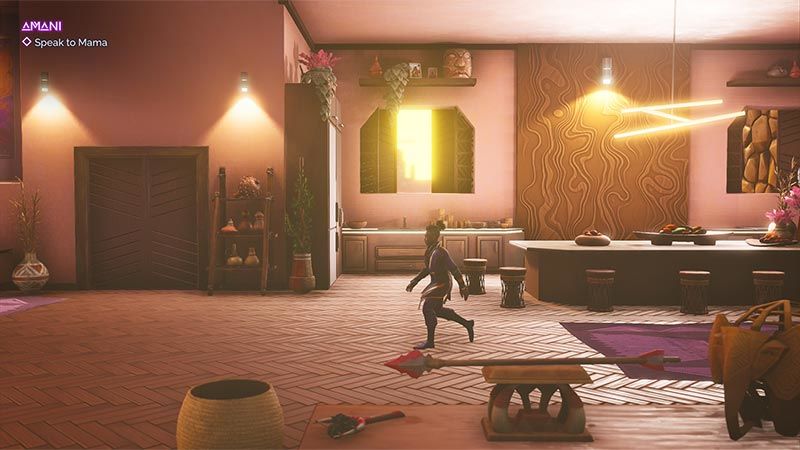We talked to Abubakar Salim, CEO and creative director of Surgent Studios, about their recently released Metroidvaia game Tales of Kenzera: Zau.
Tales of Kenzera: ZauCEO and creative director of Surgent Studios following the release of Abubakar Salim We had a warm interview with. Thank you to Salim for answering our questions sincerely. If you don’t know about the game, you can read the Tales of Kenzera: Zau review.
Interview with Abubakar Salim about Tales of Kenzera: Zau
1. Zau is your first game. What prompted you to create a game?
What was important to me was to create an authentic experience that honored both myself and my father. I have loved and played games all my life, and it was my father who introduced me to them. And since the game was inspired by the grief journey I went through after losing him, I wanted it to reflect that. Games are such a powerful tool for both expression and storytelling because they ask audiences to actively participate in their journey. That’s why I wanted to make a game.
2. Can you tell us about the mythology of the game and why you chose it?
The mythology is inspired by various Bantu myths and tales. A lot of it is from stories my dad told me as a kid and stories I heard while traveling while making movies (South Africa). Again, for me, the reason I wanted to share these stories is because these are the stories I grew up with. So what I wanted to share had to exist within these worlds to preserve its authenticity.
3. What is the main reason you chose Metroidvania gameplay for a game with such a storied history?
The Metroidvania genre captures the essence of the grief journey very well – you are thrown into a world you have no control over. But over time, as you explore it, you become more comfortable with it. The threat of this does not change, it is something you adapt to over time. Sometimes it feels like you’re walking the same path again, but you end up approaching it with a new perspective of skill as you maneuver. This is exactly how the grief journey behaves for me.

4. Although the game’s story is based on grief, the colorful environments seem to suggest the opposite. Why did you aim to move forward with such an art design?
After my father died, the world seemed to take on more vibrant colors. It got louder, brighter, had no filter. I wanted to represent that feeling in this game – the feeling that the world keeps turning, even if you feel like your world has stopped or ended after the passing of a loved one. It was important to emphasize this.
5. Tales of Kenzera brings a new breath to the Metroidvania genre. What innovative features were used to modernize traditional Metroidvania mechanics?
For us, we wanted to use this genre to further highlight the story and experience. Metroidvanias are designed to be scary at first, but the more time you spend in them, the more comfortable you become – which is exactly how Grief acts. If you pair this with a character who already has double jump and dash – two functions that normally take 2-3 hours to achieve in a Metroidvaina – you give the impression that this character FEEL’s like it existed before you took control. Again, this is a way of emphasizing that grief is timeless.

6. What are the most distinctive features of Tales of Kenzera that distinguish it from other games in the Metroidvania genre?
I would say that the setting in itself sets it apart from others. We rarely see a fantasy African world depicted in games. In terms of gameplay, I think the fluidity of changing masks and the abilities you can perform also gives us an advantage! And finally, every extra piece of content is linked to the journey of grief – for example, in order for the player to increase his maximum health, he must sit under a Baobab tree (hidden throughout the map) and meditate on where Zau’s emotional state is. This reflected how, as soon as I began to open up about my feelings about my father’s passing, I felt like I was adding years to my lifespan.
7. What is the importance of Metroidvania genre storytelling in Tales of Kenzera? How does it use these elements to deliver deep and layered stories to players?
I think stories are incredibly important. It helps us escape, learn, see different perspectives, etc. They help. In the Metroidvania genre, the player has a lot of agency. Through this mediation, they gain a kind of control over the tempo of the narrative. Additionally, the more they uncover the secrets of the world they are thrown into, the more the narrative reveals and gives to the player. Story is a driving force that connects people to the game. It gives us a purpose.
